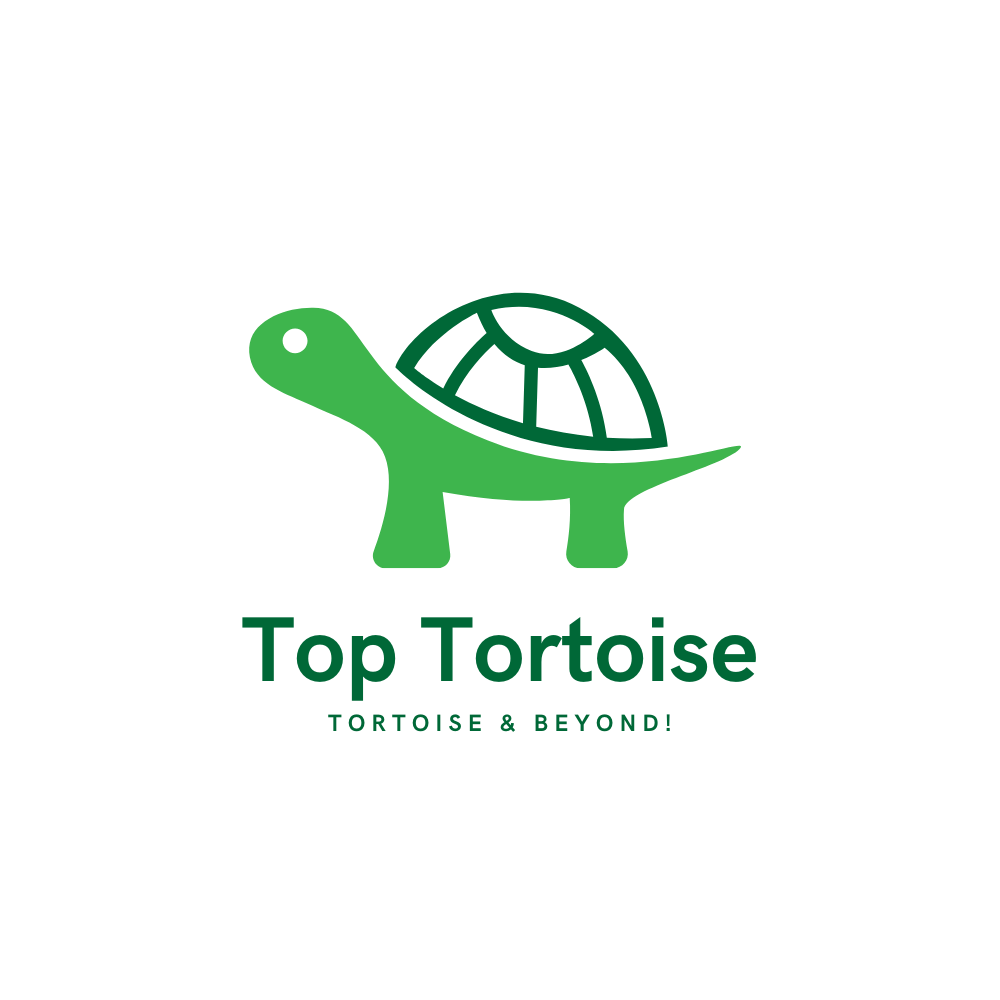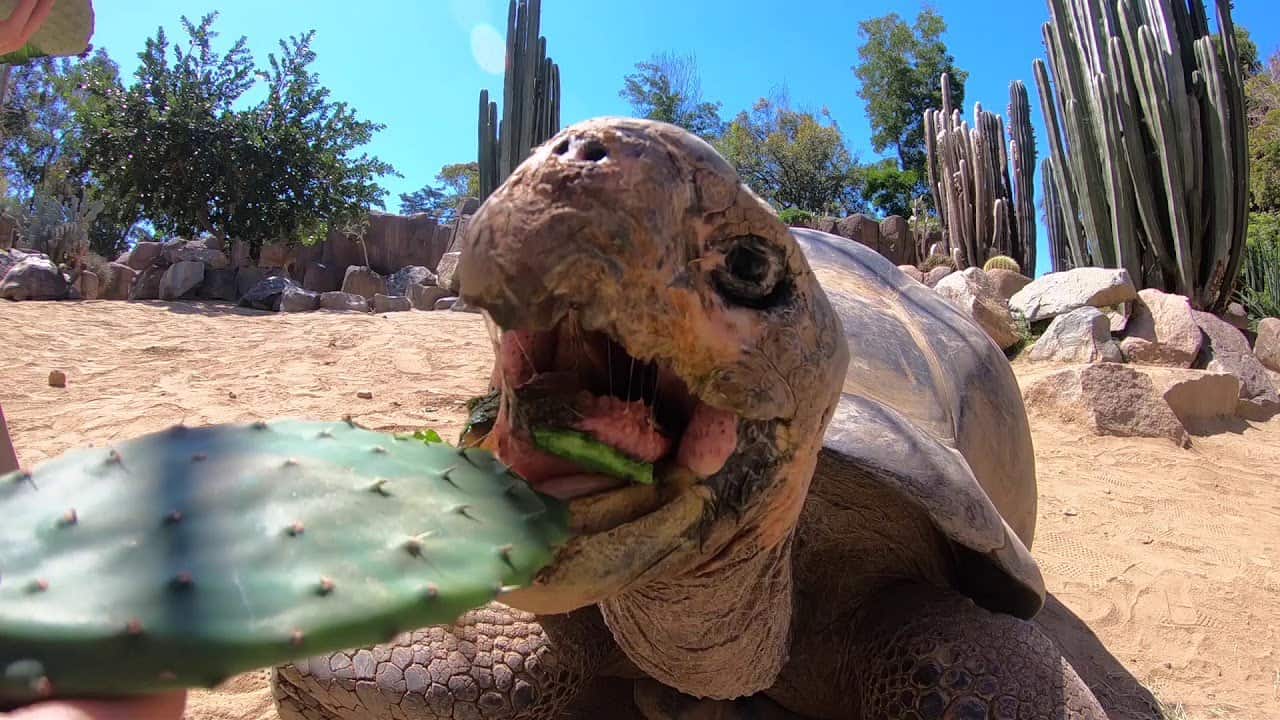What do galapagos tortoises eat? Galapagos tortoises primarily eat grasses, leaves, cacti, and fruits as part of their diet.
Feasting with the Giants: A Guide to Galapagos Tortoise Diets
Galapagos tortoises are a unique and iconic species that are native to the Galapagos Islands, located in the Pacific Ocean. These tortoises have a long and fascinating history, with some individuals living for over 100 years. They are known for their large size, with some individuals weighing over 500 pounds. Galapagos tortoises play a crucial role in the ecosystem of the Galapagos Islands, as they are considered a keystone species.
Proper diet is essential for the health and survival of Galapagos tortoises. In the wild, they have access to a variety of plants and vegetation that provide them with the necessary nutrients for their well-being. However, in captivity, it is important to mimic their natural diet as closely as possible to ensure they receive the proper nutrition they need.
Importance of Proper Diet for Galapagos Tortoises
Diet plays a significant role in the health and longevity of Galapagos tortoises. A balanced diet is essential for their overall well-being and can impact their reproductive success and growth. Without a proper diet, these tortoises may suffer from malnutrition, which can lead to various health issues and even death.
A healthy diet is particularly important for reproductive success in Galapagos tortoises. Females need proper nutrition to produce healthy eggs, and males need adequate nutrition to maintain their strength and vitality for mating. A lack of proper nutrition can lead to infertility or weak offspring.
Natural Diet of Galapagos Tortoises
In the wild, Galapagos tortoises have access to a diverse range of plants and vegetation that make up their natural diet. Their diet consists mainly of grasses, cacti, fruits, leaves, and flowers. They also consume other plant materials such as bark and stems.
Mimicking their natural diet in captivity is crucial for the health and well-being of Galapagos tortoises. Providing them with a variety of plant materials that closely resemble their natural diet can help ensure they receive the necessary nutrients they need to thrive.
Nutritional Requirements of Galapagos Tortoises
Galapagos tortoises have specific nutritional requirements that must be met to maintain their health. They require a diet that is high in fiber, low in protein, and low in fat. They also need a good balance of vitamins and minerals to support their overall well-being.
A balanced diet is essential for Galapagos tortoises, as an imbalance in nutrients can lead to health issues such as shell deformities, metabolic bone disease, and organ failure. It is important to provide them with a variety of plant materials that meet their nutritional needs.
Feeding Guidelines for Captive Galapagos Tortoises
When feeding Galapagos tortoises in captivity, there are several guidelines to follow to ensure their health and well-being. First, it is important to provide them with a variety of plant materials that mimic their natural diet. This can include grasses, cacti, fruits, vegetables, and leafy greens.
It is also important to avoid feeding them foods that are high in protein and fat, as this can lead to health issues. Additionally, it is important to provide them with fresh water at all times and ensure they have access to sunlight or UVB lighting for proper vitamin D synthesis.
Common Feeding Mistakes to Avoid
There are several common mistakes that people make when feeding Galapagos tortoises. One common mistake is overfeeding them, which can lead to obesity and other health issues. It is important to provide them with the appropriate portion sizes based on their size and age.
Another common mistake is feeding them foods that are not suitable for their diet. This can include foods that are high in protein or fat, as well as foods that are toxic to them. It is important to research and understand the specific dietary needs of Galapagos tortoises to avoid these mistakes.
Supplementing Galapagos Tortoise Diets with Vitamins and Minerals
Supplementing the diet of Galapagos tortoises with vitamins and minerals is important to ensure they receive all the necessary nutrients they need. This is particularly important for captive tortoises, as they may not have access to the same variety of plant materials as their wild counterparts.
The best supplements to use for Galapagos tortoises are those specifically formulated for reptiles. These supplements should contain a balance of vitamins and minerals, including calcium, vitamin D3, and vitamin A. It is important to follow the recommended dosage guidelines when supplementing their diet.
Feeding Habits of Different Galapagos Tortoise Subspecies
Different subspecies of Galapagos tortoises may have slightly different feeding habits and dietary preferences. For example, some subspecies may prefer certain types of grasses or cacti over others. It is important to cater to their specific needs and preferences when feeding them in captivity.
Researching the specific dietary preferences of the subspecies you are caring for can help ensure they receive the proper nutrition they need. It is also important to observe their feeding habits and adjust their diet accordingly if necessary.
Seasonal Changes in Galapagos Tortoise Diets
The diet of Galapagos tortoises can vary depending on the season. During the dry season, when food sources may be scarce, they may rely more heavily on stored fat reserves. During the wet season, when food sources are more abundant, they may consume a wider variety of plant materials.
It is important to adjust their diet accordingly during these seasonal changes to ensure they receive the proper nutrition they need. Providing them with a variety of plant materials that are available during each season can help meet their nutritional needs.
Feeding Strategies for Juvenile Galapagos Tortoises
Juvenile Galapagos tortoises have specific feeding needs that must be met for healthy growth. They require a diet that is higher in protein and lower in fiber compared to adult tortoises. This is because they are still growing and need the extra protein for proper development.
Feeding them a diet that is rich in leafy greens, fruits, and vegetables can help meet their nutritional needs. It is also important to provide them with a calcium supplement to support their growing bones and shell.
Conclusion and Final Thoughts on Galapagos Tortoise Diets
In conclusion, proper diet is essential for the health and survival of Galapagos tortoises. Mimicking their natural diet in captivity is crucial for their well-being, and providing them with a balanced diet that meets their specific nutritional needs is important.
Feeding guidelines, such as providing a variety of plant materials and avoiding foods that are high in protein and fat, should be followed to ensure their health. Supplementing their diet with vitamins and minerals can also help meet their nutritional needs.
By understanding the specific dietary requirements of Galapagos tortoises and following proper feeding guidelines, you can help ensure they live long, healthy lives.
Originally posted 2024-02-08 02:09:28.



